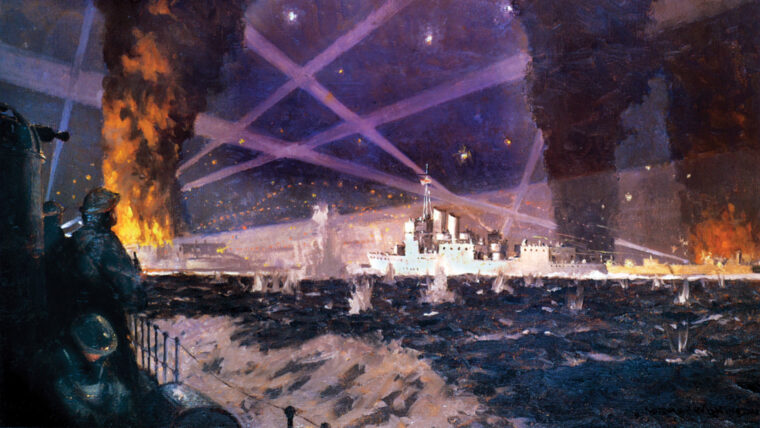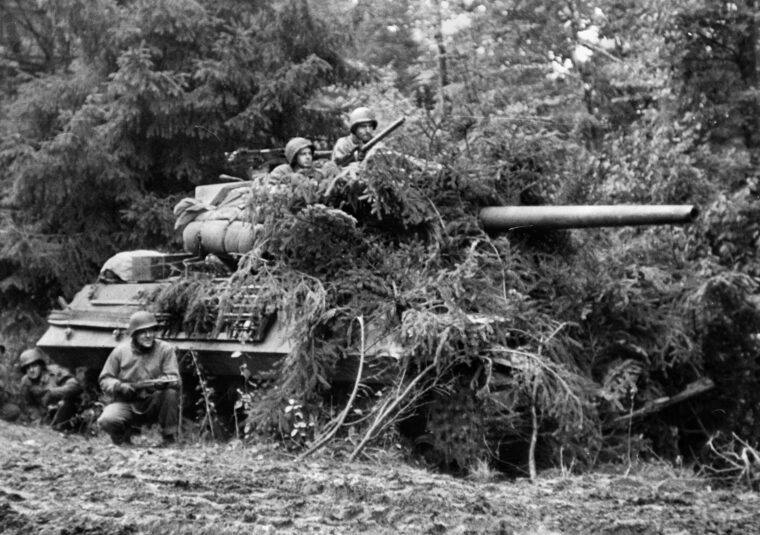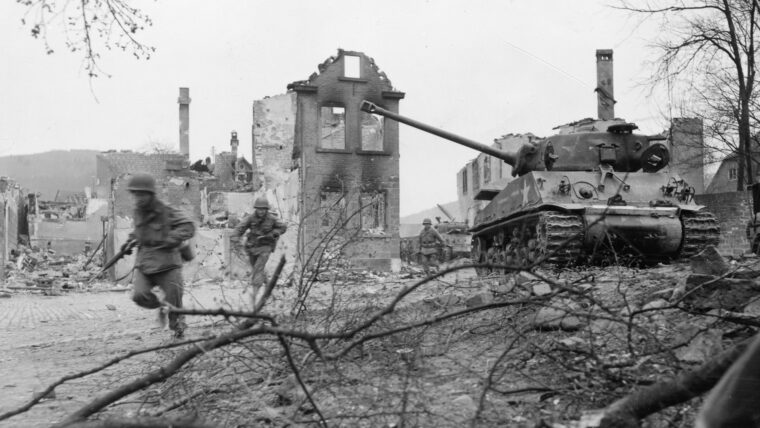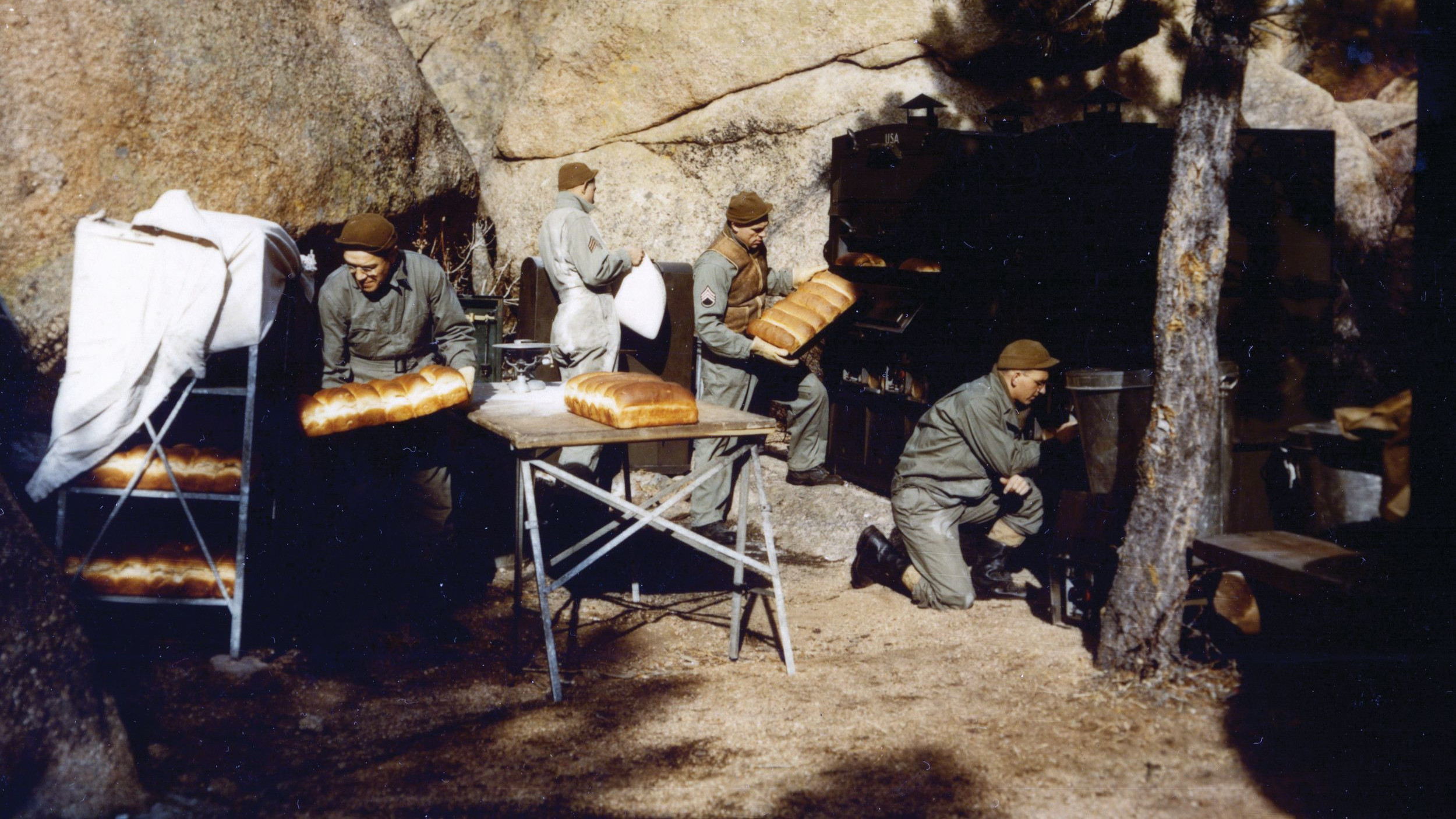
European Theater
Outlandish D-Day Invasion Tales: A Hard Start for Rudder’s Rangers
By Patrick O’DonnellIn the early morning of June 6, 1944, LCA 668 (Landing Craft, Assault), carrying First Sergeant Len Lomell, Staff Sergeant Jack Kuhn, and most of the 2nd Platoon, 2nd Ranger Battalion, cut through the choppy, green waters of the English Channel. Read more























